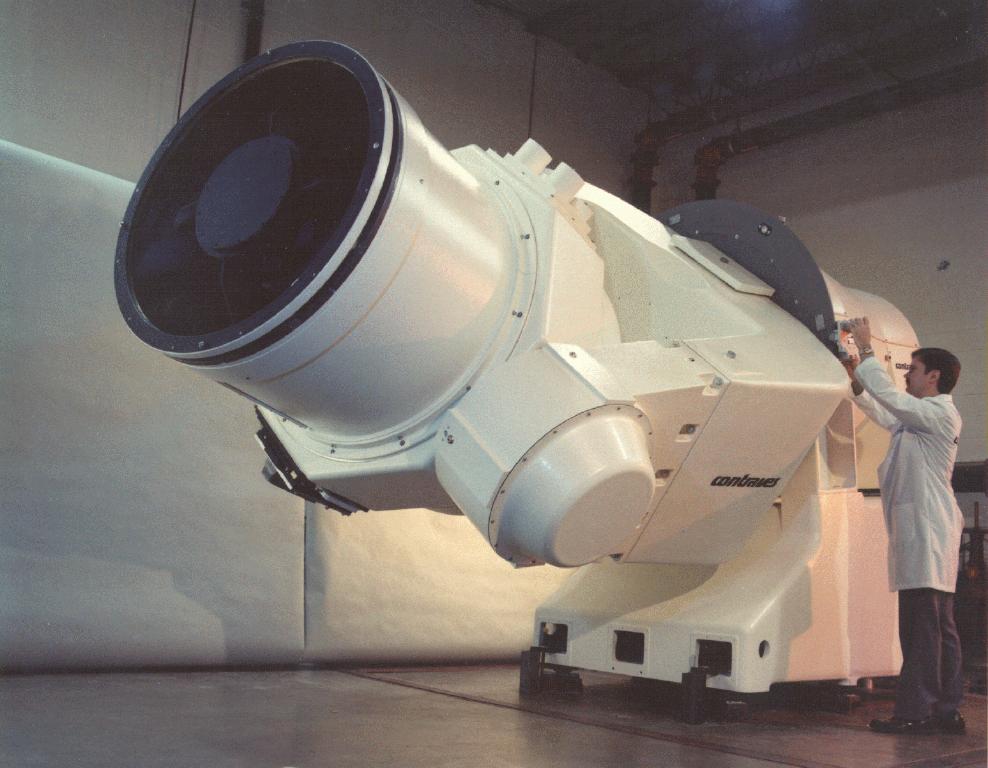Astronomy Collection
Tags | |
UUID | 1b753873-f145-11e9-8682-bc764e2038f2 |
In recent years eyes have turned to the night sky expecting to find some new and possibly unwanted visitor paying a visit to our solar system. Asteroids and comets are often in the news and many times they are discovered by amateur astronomers. Such visiting objects as asteroids and comets have become objects of concern and objects of interest.
At the same time the number of satellites circling overhead have become quite numerous. So, there's a lot to see in the heavens that isn't a star and isn't light years away. These local satellites are minute objects in comparison and the astronomer has to rely on the object's reflective attributes for this class of heavenly bodies to find them. We can view bodies within the solar system that are both relatively small and their irradiance1 can vary greatly.
Space Surveillance
Amateur astronomers make some amazing astronomical discoveries but leave it to the US government to cover more of the sky on a daily basis. The government has a Space Surveillance Network (SSN) that is an aggregation of numerous telescopes and radar system that spend a good deal of their time just collecting data to provide orbital element sets to the world.

[[GEODSS telescope
An image taken during construction
Orbital element sets come in the form of two line element sets (TLEs), which are simple ascii files with two records on two rows for each satellite tracked. You and I can download on a daily basis TLEs for thousands of Earth satellites from Spacetrack.org. No set of amateur astronomers can cover the ground -- or should I say the space -- that the US SSN does every day. There are currently 108,985,474 TLE in the database (as of Sat Mar 04 2017) according to Spacetrack.org.
One of the systems that is daily taking metric observations of the night sky from three locations across the globe, is GEODSS. This puppy is a HUGE telescope that tracks satellites from Maui, Hawaii; White Sands, New Mexico; and Diego Garcia, British Indian Ocean Territory.
The web-published Air Force military fact sheet says this GEODSS telescope can " 'see' objects 10,000 times dimmer than the human eye can detect." and "The GEODSS system can track objects as small as a basketball more than 20,000 miles away."
Night Sky Brightness
The principal sky background is literally a foreground in that the airglow is between the space object and the astronomer. The airglow and other components of sky "background" limit the detectiibility of the object in the night sky. Since the moon is below the horizon half the time, the sky at a good site will be darker than about 20.5 mv arc-sec2 half the time. That is, each arc-sec2 will appear to contain a star of 20.5 mv of solar spectrum. The sky background irradiance is measured with a JEDEC S-20 photocathode referenced to the sun's spectrum.
The equivalent noise of the sky background appears to increase at or somewhat faster than the square root of the mean brightness. Rarely does the sky appear brighter than 17.5 mv arc-sec-2 except at full moon close to the moon's limb (about 20°). At a dry, elevated site, low in dust and pollen, the sky can be expected to be darker than 19.5 mv arc-sec-2 over 80% of the hemisphere about 90% of the time. Because sky brightness is measured at the telescope located at the bottom of the atmosphere, which is the sky background emission source, extinction is not a factor.
Deep Space Irradiance
The irradiance for geo belt objects and beyond is smaller at the ground sensor than at the top of the atmosphere by the atmospheric extinction (loss in the light path). The loss increases directly as the secant of the angle measured from site zenith. A dry site with an altitude of 1500 meters can be expected to have a mean extinction coefficient of about 0.25 mv per unit air mass. This yields 0.5 mv at 30° elevation and 1.0 mv at 15°.
Star Density
The stars in the field of view at a given observing time affect the astronomers ability to see the night sky object. The star density varies with Galactic Latitude (G.L.); the highest density is in the Milky Way, about ±10 degrees G.L. At zero degrees G.L., the mean density for visible spectrum stars brighter than 16.0 mv is about 6,000 per square degree. At ± 20 degrees G.L. the number decreases to about 2,000 and at 90 degrees G.L., to about 350.
You do not have permission to execute macro putFootnotes
Equations
- Length Units Conversion KurtHeckman Use Equation
- Astro Travel Time KurtHeckman Use Equation
- Comments
- Attachments
- Stats
No comments |
